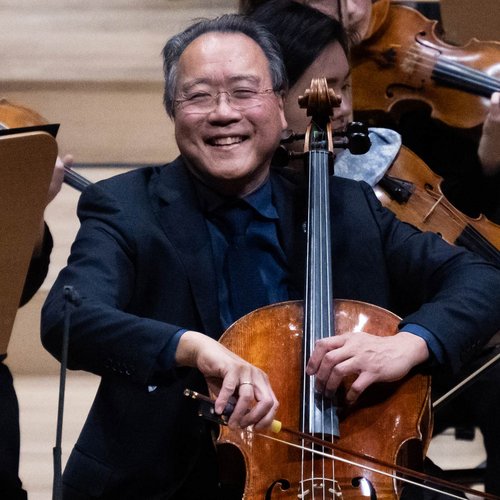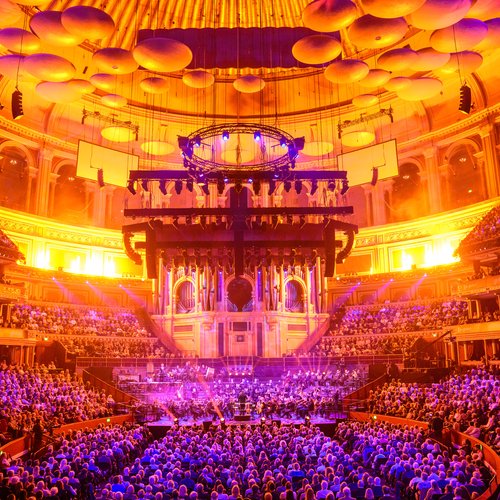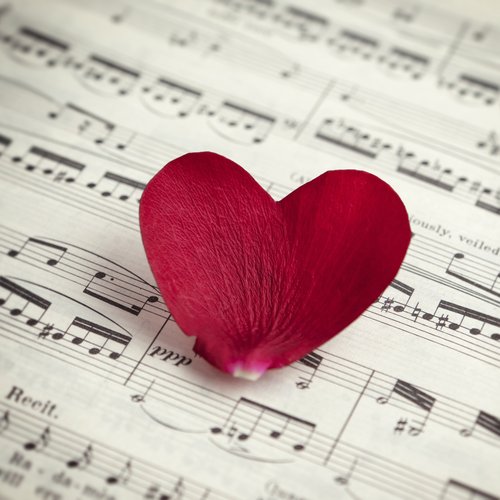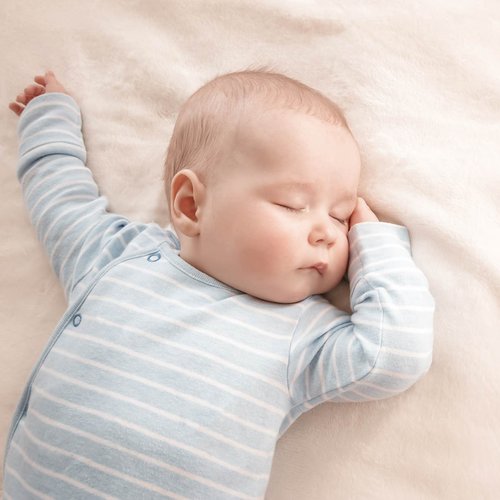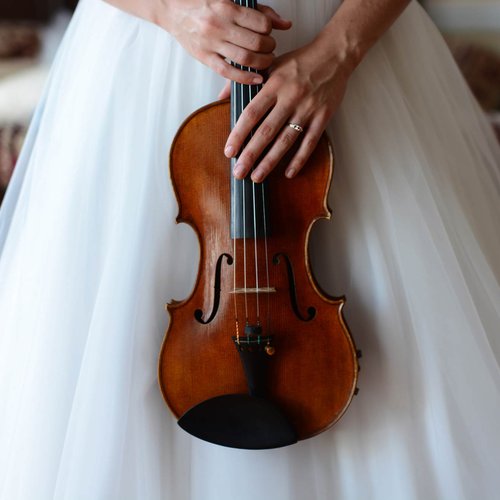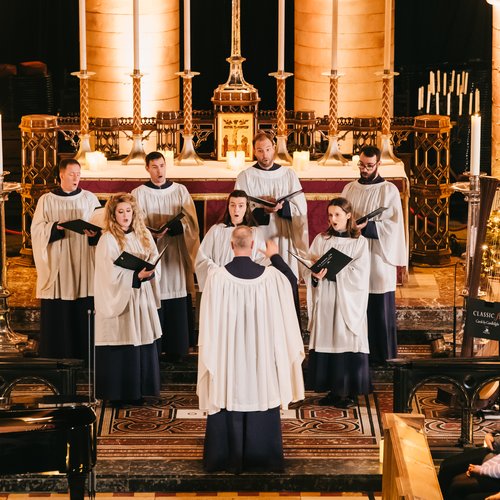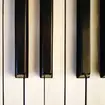Classical music dance forms... illustrated by animals
26 September 2014, 17:22 | Updated: 6 January 2017, 14:45
Can't tell the difference between a waltz and a minuet? Need to get to grips with the tango? Allow us to explain the most popular classical dance forms - with a little help from a few furry friends.
Allemande
It's the most popular instrumental form in Baroque music involving a line of couples, parading back and forth up and down a room, walking three steps and balancing on one foot to a rhythm a little like the one below. If you're looking for a livelier version, known as an allemande courante, swap the plain old steps for a spring and a hop.


Bolero
Made famous by Torville and Dean, this sultry Latin dance pops up all over classical music. Chopin's written one, there's a pretty famous one by Bizet in his beloved opera, Carmen, and Ravel's Bolero is about as well-known as they come. Don your ice-skates and make the most of the classic triplet rhythm.


Gavotte
It's an elegant French folk dance, it usually starts in the middle of the bar, and it's named after the Gavot people of Dauphiné, from where the dance originated. Earlier gavottes from before the Baroque period were often in a range of time signatures, but they soon evened out to bars of 4/4 or a 2/2 by the 18th century.


Gigue
The clue's in the name with this one: remarkably similar to the English word, jig, this lively dance usually appears at the end of a musical suite. (Think Bach's Cello Suites and you're on the right lines.) It's usually in a triple metre - that is, there are three beats in the bar - but as long as you can cheerily jump around the room you're probably on the right lines.


Minuet
Adapted from the French word 'menu', meaning slender, this delicate dance is ceremonious and graceful. It's often followed by a trio, a second section, originally scored for three instruments (hence the name). This 'minuet and trio' combo eventually became the standard third movement in a classical symphony.
![]()

Waltz
There's something of an oom-pa-pa quality to this type of dance, thanks to its rhythmic 3/4 bassline. Its name comes from the German word 'walzen' which describes the rotating nature of the dance.



























